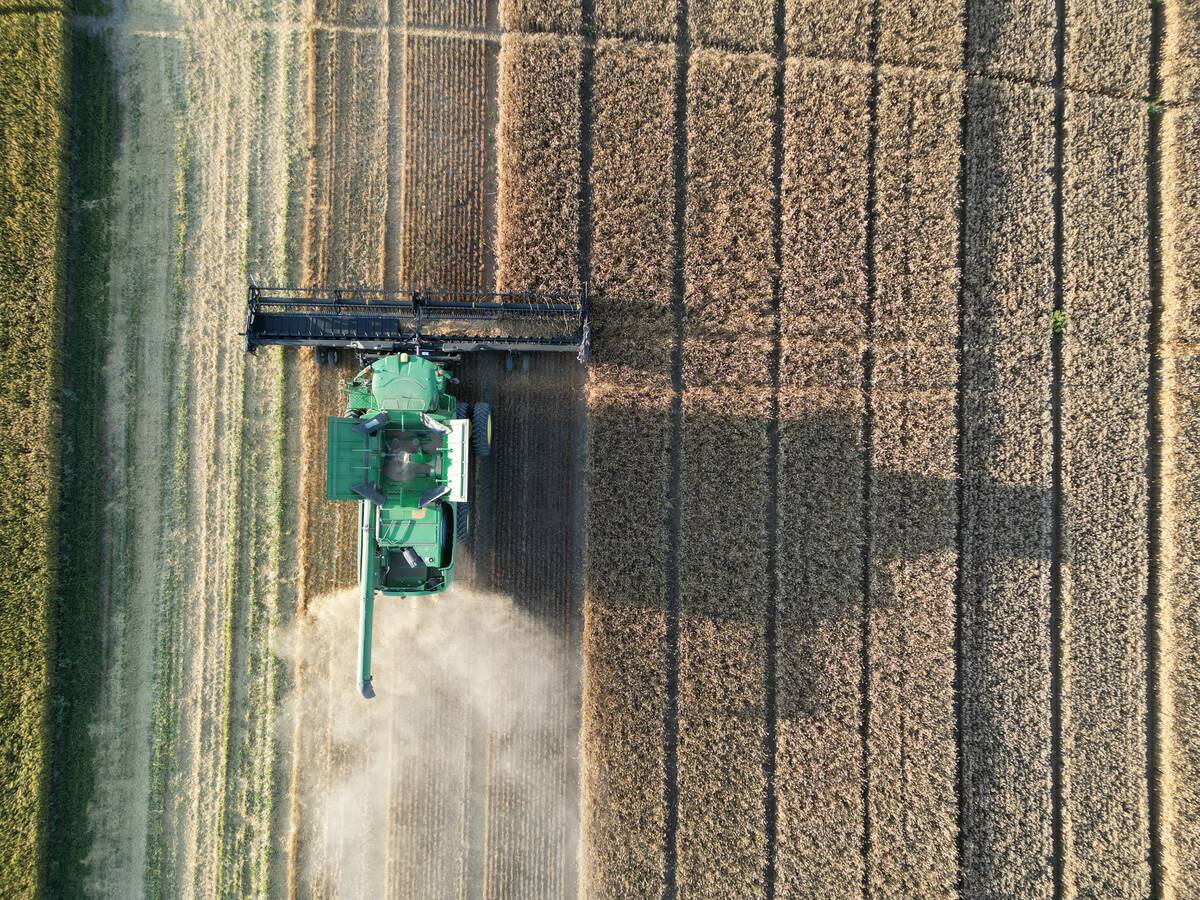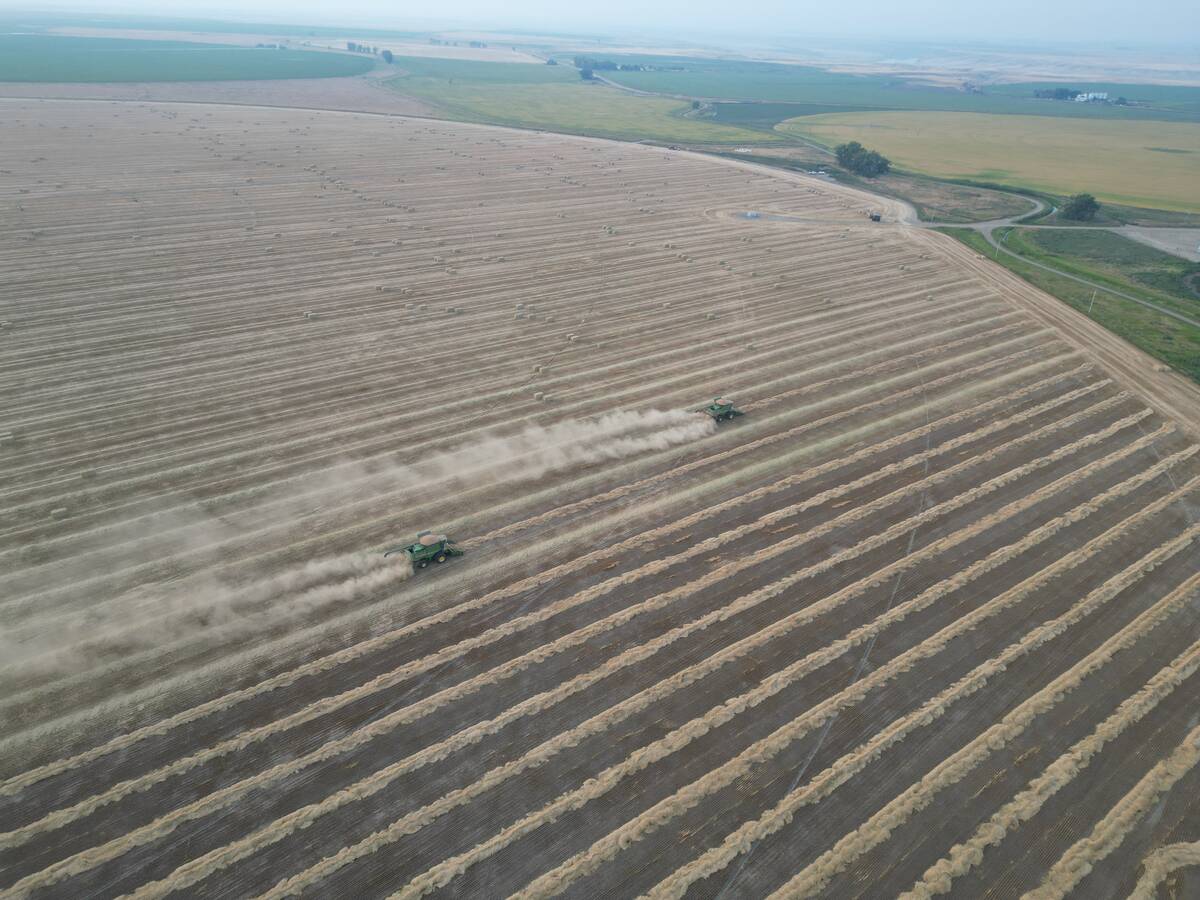Tips for planting a successful fall crop

Glacier FarmMedia – Farmers intending to plant a fall crop such as winter wheat or hybrid rye this year shouldn’t leave planning too late. In fact, the sooner you can get started, the better.
That’s the advice of Greg Stamp of Stamp Seeds, a second-generation family seed farm and seed retailer at Enchant, Alta., northeast of Lethbridge. Stamp is a certified crop advisor and is the seed sales manager for the 7,000-acre operation that’s a major seed supplier for Prairie farms.
Stamp had some fall cropping tips for producers during the CropConnect 2025 conference in Winnipeg in February and in a subsequent interview with Grainews.


Growing crops that overwinter, such as a fall hybrid rye or winter wheat, is a different way of farming in some ways than a spring crop, so producers need to be aware of that, Stamp says — and farmers who start making preparations early in the year will provide their fall crops with the best chance of success.
Read Also


Silverado EV, F-150 Lightning go head to head in cold weather
The CAA pitted electric vehicles — including two trucks, the Silverado EV and F-150 Lightning — against each other to see how they fared in real winter conditions
He points out it can also help ensure fall seeding goes smoothly during what’s typically a very hectic time for farmers.
“Farms are very busy when these crops need to be planted in the fall, so getting the crop in the ground in time and having enough staff in place to make that happen can be challenging,” Stamp says.
“For me, fall crops are all about early planning. When you try and do this just a few days before you go in to seed, it just causes stress and problems for everyone,” he adds. “If you want to grow a fall crop, you should be planning right now.”


One way to avoid planting headaches, he says, is to grow an earlier-maturing non-cereal crop like canola or pulses in fields slated for fall cropping. This enables farmers to get the spring crop off earlier so there’s more time to get that fall crop in.
Buy seed early
Stamp also recommends farmers buy their seed early once the decision is made to seed some fall acres — and plan a timeline for when those fall crops will be seeded, so as to ensure they have everything they need once the ground is ready.
An important part of that, he says, is making sure there are enough people on hand to do the job. “That’s so critical. Schedule that help for Sept. 1 or end of August so you can get rolling on your fall crop.”
Many farmers have a relative or a neighbour who lends a helping hand at harvest, he notes; one suggestion would be to have them arrive during that window for seeding winter wheat or hybrid rye, freeing farmers up to get started.


Another tip for successful fall planting is to have a tractor and seed drill prepped and standing at the ready prior to the start of harvest.
“It can take half a day to hook a tractor up sometimes, by the time you’ve got monitors set up and troubleshoot problems,” Stamp says. “If you have a spare tractor that you’re not using on the harvest run, have that tractor hooked up and ready.”
Stamp also recommends farmers leave stubble up from the harvested spring crop, then seed their fall crops between the rows. This can help trap snow in fields, providing an insulating layer for crops so they better withstand the rigours of winter.


Winter kill is always a danger for fall crops, which is why Stamp urges farmers to use a dual seed treatment to maximize protection against disease and insects.
“I’m a big believer in winter crops getting a fungicide/insecticide seed treatment for stress mitigation and winter survival,” he says.
“Some people would consider planting an untreated fall crop, and I think that’s a mistake. Personally, I would not put a winter crop in the ground without a fungicide/insecticide seed treatment.”
The danger of winterkill is another reason to ensure fall crops have correct plant populations, Stamp says.
He urges farmers to follow the advice of their seed retailers or agronomists on proper seeding rates for fall crops such as winter wheat or hybrid rye. “I’ve just seen people try and cut rates too much and then they’re not happy with the crop,” Stamp said.
Stamp also suggests seeding fall crops with a narrower-spaced drill can be beneficial come springtime.
“The narrower your drill, the better, because you’ll have more even flowering,” he says. “If you do have the choice, I’d go for seven-inch row spacing, especially on a rye.”
Source: producer.com


